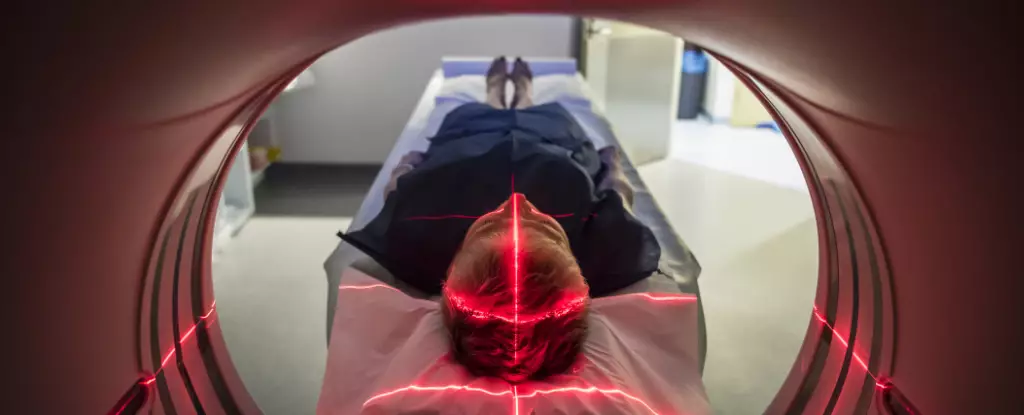The administration of growth hormone extracted from deceased individuals to treat short stature in children was discontinued due to the emergence of Creutzfeldt-Jakob disease. However, recent research suggests that these injections may have also contributed to the development of Alzheimer’s disease. This article examines the implications of person-to-person transmission of Alzheimer’s and the potential risks associated with neurosurgical instruments.
The transmission of Alzheimer’s disease from person to person is extremely rare and usually requires direct contact with brain fluid. Nevertheless, researchers emphasize the importance of adequately decontaminating neurosurgical instruments to prevent the transfer of Alzheimer’s proteins between patients. Traditional sanitization techniques such as boiling, drying, or soaking in formaldehyde are ineffective in removing prions, the misfolded proteins responsible for the transmission of these diseases.
Dr. John Collinge and his colleagues from the University College London Institute of Prion Diseases have been monitoring the occurrence of cognitive impairments in individuals who received pituitary-derived growth hormone injections from cadavers. Their study reveals that out of eight people who received these banned injections as children, five developed symptoms consistent with Alzheimer’s disease during their 30s, 40s, and 50s. The remaining participants displayed mild cognitive impairment or cognitive symptoms, while one remained asymptomatic. Despite the retrospective nature of the study and the variance in diagnostic tests, evidence of Alzheimer’s biomarkers and brain atrophy in the cohort supports the suspicion that the injections may have contributed to the development of the disease.
To justify the presence of early-onset dementia in these participants, the researchers considered other potential factors such as childhood intellectual disability, cranial radiotherapy, underlying medical conditions, and growth hormone deficiency. None of these variables could easily explain the observed symptoms, strengthening the association between growth hormone injections and Alzheimer’s disease. Furthermore, previous studies have found amyloid beta, the protein implicated in Alzheimer’s disease, in archival samples of these hormone injections. Autopsy studies have confirmed the presence of amyloid beta deposits in the brains of individuals who had received the injections and subsequently died from Creutzfeldt-Jakob disease.
The exact cause of Alzheimer’s disease remains unknown; however, this body of research suggests that the disease exhibits prion-like characteristics. Degenerate proteins acting as seeds trigger a chain reaction throughout the brain. This places Alzheimer’s disease in the same category as other prion diseases like bovine spongiform encephalopathy (Mad Cow Disease) and kuru, a brain disease prevalent in Papua New Guinea due to the consumption of deceased individuals. Understanding the prion-like mechanisms involved in Alzheimer’s pathogenesis is crucial for developing effective therapeutic strategies.
The previous administration of growth hormone derived from deceased individuals to treat childhood short stature has been linked to the development of Alzheimer’s disease. Neurosurgical instruments should be adequately decontaminated to prevent the transmission of disease-associated proteins. Further research into the prion-like nature of Alzheimer’s disease is necessary to guide future therapeutic interventions.



Leave a Reply